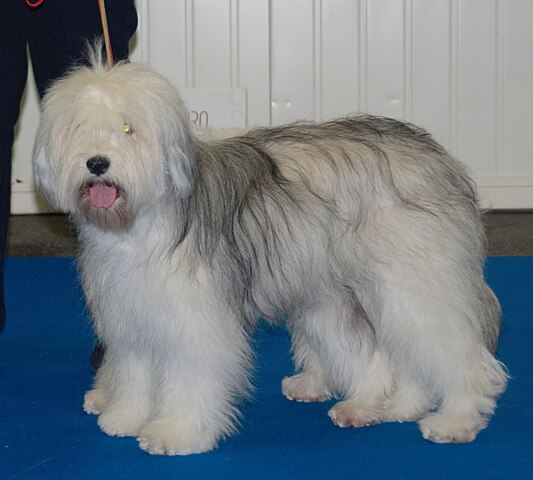The Maltese is irresistible to many people, with his flowing white coat and outgoing personality. Playful and happy, this tiny breed can easily live in an apartment and can adapt to most any living situation, provided his needs are met. This said, his delicate frame and tiny size does mean that care must be taken to keep him safe. Although many are playful and love children, they can be easily hurt by a very young or rough child, and do better in families with no children or older kids.
As might be surmised by looking at the glorious coat of the Maltese, this breed does require regular grooming. The long coat should be brushed on a regular basis – possibly as much as once a day. Using a comb, all small tangles must be dealt with before they turn into bigger knots. The more time between grooming sessions, the more likely the coat will turn into a mess which will be difficult for you and possibly painful for the dog. This is easily remedied by keeping on a strict grooming schedule! As with all dogs, teeth must be brushed and nails trimmed regularly. The long hanging ears of the Maltese must also be kept clean and free of excess hair. Finally, regular baths are necessary to keep these white dogs white. The longer the coat’s length, the more often you must bathe… but also, the more beautiful the result!
Mostly because of his size, the Maltese does not require a lot of exercise. Although fairly active indoors, they are able to exercise themselves in all but the smallest of homes. This said, regular walks are great for bonding and provide plenty of excitement and stimulation – so they can still benefit from them just like any other dog. As many Maltese are also exceptionally social dogs, they usually love going outside and meeting new people! Just make sure to keep them warm if it’s a cold day – the breed tends to get chilled easily.
The Maltese is an intelligent breed although is often more adept at training his people than being trained himself. Toy breeds, unlike working or sporting breeds, weren’t specifically bred to take orders. This said, if training is made fun they can definitely be taught obedience, agility and other dog sports – and even do well in competition! Remember to be consistent and ignore their stubborn behaviors. Be prepared for housebreaking to take a little longer than other breeds, however. 
The Maltese is a great pet for a first-time dog owner who doesn’t work long hours (they can suffer from separation anxiety). They don’t normally have aggression issues with other dogs, so can usually enjoy play dates with friendly canine neighbors of a similar size. They shed very little, provided that they are kept groomed. And as mentioned above, their size makes them easy travelers and adaptable to most living spaces. Finally, they don’t tend to be “yappy” like other dogs their size, usually barking only when guests come to the door. The most important thing for a new owner to remember is to be gentle with them and keep them out of danger from larger dogs, rough kids, and anything else that might harm them.
When in a home that doesn’t provide for his needs (such as keeping him alone all day), the Maltese can develop behavior issues such as destructiveness, problem barking or even becoming overly protective. Unfortunately, some people believe that this breed is hard to live with because of their experience with a poorly raised Maltese. Still others have had bad experiences because they met a dog that was poorly bred. Because they are so cute as puppies, this breed is often sold in pet shops – which means they weren’t bred with temperament in mind. Don’t let these bad examples fool you. A Maltese from a reputable breeder, who is raised in the right way, will become a devoted and adoring pet.
The Maltese is generally a healthy dog but like all breeds, is prone to certain health conditions. Liver shunts, patellar luxation and hypoglycemia are issues that are seen more often. Digestive disorders in general, as well as picky eating and tooth issues are not rare. As with any dog, buy from a breeder who does health tests and be prepared to visit the vet for regular examinations or if anything seems “off”. When well taken care of, most of the time these tiny dogs live 12-15 years – and remain loyal and devoted to their owners throughout!



